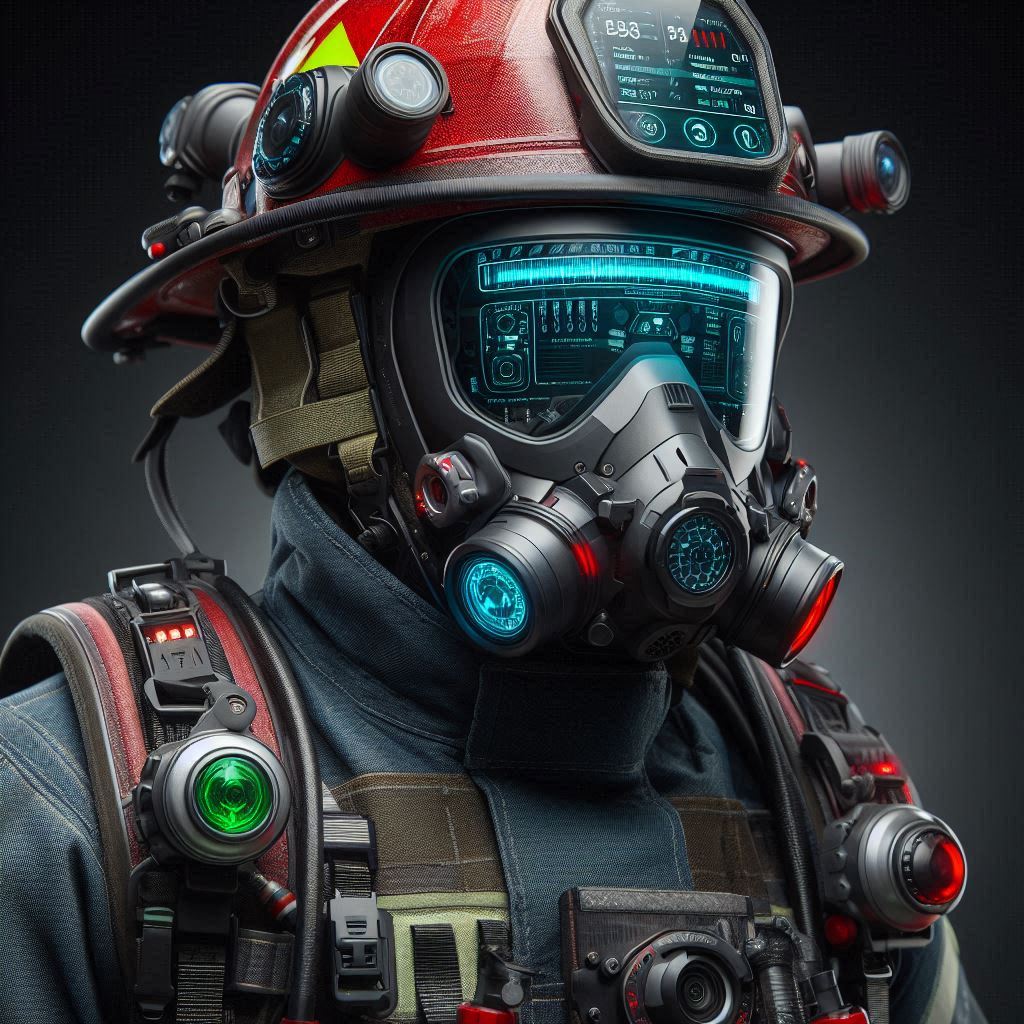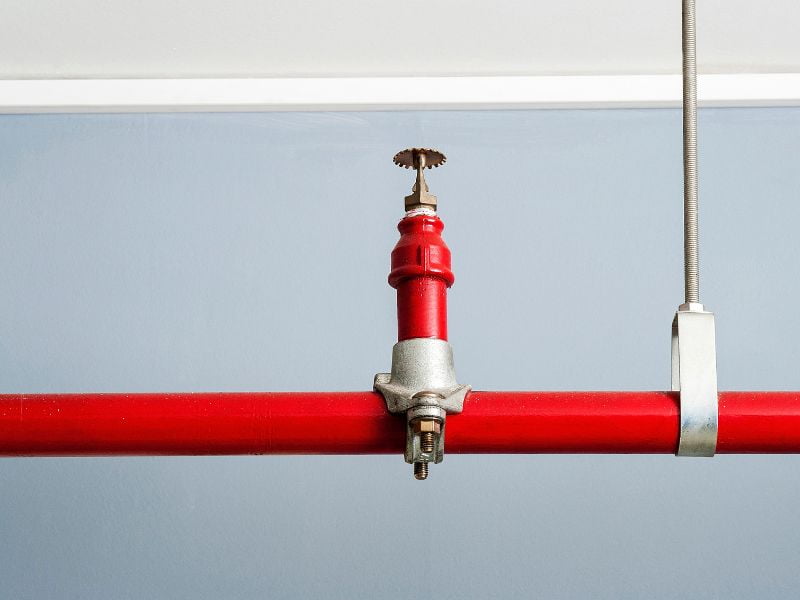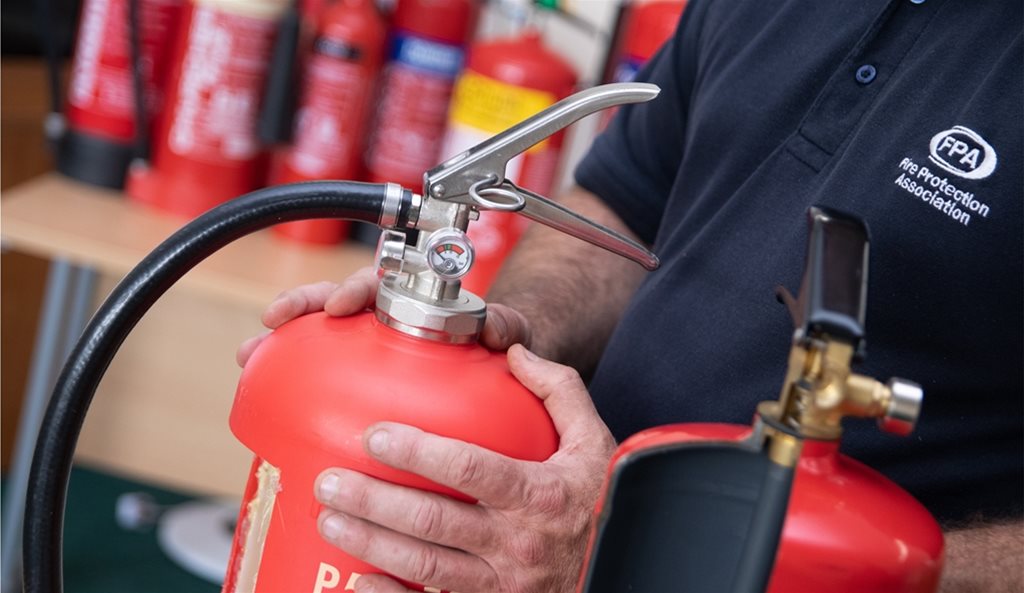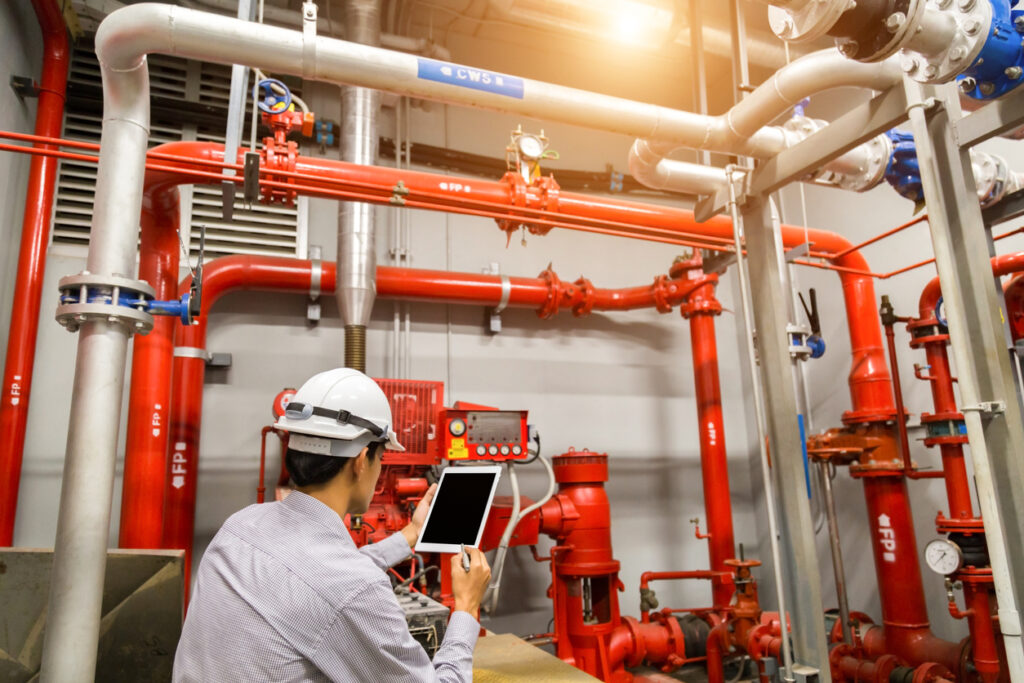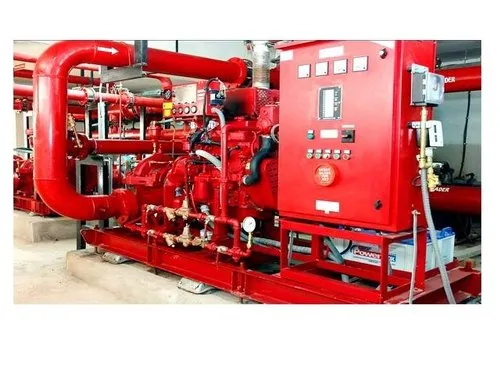In the high-risk world of firefighting, personal protective equipment (PPE) is a firefighter’s most critical tool for survival. Firefighters face some of the most dangerous and unpredictable environments imaginable, from searing heat and toxic gases to collapsing structures and low-visibility conditions. As the demands of firefighting have evolved, so too has the technology behind PPE, ensuring that firefighters are better protected and equipped to perform their duties safely and effectively.
This blog explores the latest advancements in firefighting PPE, analyzing new materials, innovative designs, and cutting-edge technologies that are enhancing safety, performance, and comfort for those on the front lines.
The Importance of PPE in Firefighting
Firefighting is an inherently dangerous profession. Firefighters routinely encounter hazards such as extreme heat, falling debris, hazardous chemicals, and smoke inhalation. PPE serves as a critical barrier between firefighters and these threats, protecting them from injury and enabling them to perform their duties in life-threatening conditions.
Traditional firefighter PPE includes:
- Helmets: Protect against impact, heat, and falling debris.
- Turnout Gear: Comprising coats and pants made from fire-resistant materials, designed to shield against flames, heat, and water.
- Gloves: Provide heat resistance and dexterity for handling tools and equipment.
- Boots: Heat-resistant and slip-proof, offering protection from sharp objects and extreme temperatures.
- Self-Contained Breathing Apparatus (SCBA): Supplies clean air, protecting against smoke and toxic fumes.
While these components have been effective for decades, recent advancements in materials science and engineering have led to significant improvements, ensuring that modern PPE is lighter, stronger, and more functional than ever before.
Key Advancements in Firefighter PPE
1. High-Performance Materials
The backbone of any PPE is the material from which it is made. Recent advancements in material science have resulted in fabrics and composites that offer superior protection while reducing weight and improving flexibility.
- Nomex and Kevlar Blends: Traditional turnout gear often contains Nomex and Kevlar, two materials well-known for their fire-resistant and impact-resistant properties. Recent innovations have improved the weave and blend of these materials, making them lighter without compromising durability.
- Moisture Barriers: Modern turnout gear includes advanced moisture barriers that prevent water and chemicals from penetrating the suit. These barriers also enhance breathability, reducing the risk of heat stress.
- Phase Change Materials (PCMs): PCMs are being integrated into turnout gear to regulate body temperature. These materials can absorb, store, and release heat, keeping firefighters cooler in high-heat environments.
- Graphene: An emerging material, graphene is being explored for its lightweight, heat-resistant, and conductive properties, which could revolutionize the design of turnout gear and gloves.
2. Enhanced Thermal Protection
One of the greatest risks firefighters face is exposure to extreme heat. Advances in thermal protection technology have significantly improved PPE’s ability to shield against high temperatures and burns.
- Multi-Layered Turnout Gear: Modern turnout gear features multiple layers of protection, each serving a specific purpose. The outer shell is fire-resistant, the middle layer provides thermal insulation, and the inner layer enhances comfort and moisture management.
- Radiant Heat Shields: Some PPE now includes radiant heat shields that reflect heat away from the body, reducing the risk of heat-related injuries.
3. Lightweight and Ergonomic Designs
Firefighter PPE has historically been heavy and cumbersome, often impeding movement and causing fatigue during extended operations. Recent design innovations have focused on reducing weight and improving ergonomics.
- Streamlined Gear: Advances in fabric technology have allowed manufacturers to create lighter turnout gear without sacrificing protection. Reduced weight means less fatigue and greater mobility for firefighters.
- Articulated Designs: Modern PPE incorporates articulated joints and stretch panels, allowing for a greater range of motion and improved comfort.
4. Integrated Technology
The integration of smart technology into firefighter PPE is one of the most exciting developments in recent years. These innovations enhance situational awareness, communication, and safety.
- Thermal Imaging Cameras (TICs): Some helmets now include built-in thermal imaging cameras, enabling firefighters to see through smoke and locate heat sources or victims more easily.
- Heads-Up Displays (HUDs): Advanced helmets feature HUDs that provide real-time information, such as oxygen levels, temperature readings, and navigation guidance.
- Biometric Monitoring: Smart PPE can monitor a firefighter’s vital signs, such as heart rate, body temperature, and oxygen levels. This data can alert incident commanders to signs of heat stress or overexertion, ensuring timely intervention.
- Communication Systems: Integrated communication systems in helmets and SCBA masks improve coordination between team members and command centers, especially in noisy or chaotic environments.
5. Improved Respiratory Protection
Respiratory protection has always been a cornerstone of firefighter PPE, as smoke and toxic gases pose significant health risks. Advances in SCBA technology have made these devices more efficient, comfortable, and user-friendly.
- Lighter SCBA Tanks: Modern SCBA systems use composite materials to reduce the weight of air tanks, making them easier to carry during long missions.
- Extended Air Supply: Innovations in air management systems have increased the duration of air supply, giving firefighters more time to operate in hazardous environments.
- Integrated Voice Amplifiers: SCBA masks now include voice amplifiers, enabling clear communication even while wearing the mask.
6. Next-Generation Helmets
Firefighter helmets have undergone significant upgrades, combining traditional durability with modern technology.
- Modular Designs: Some helmets feature modular attachments, such as face shields, thermal cameras, and lighting systems, allowing firefighters to customize their gear based on the mission.
- Advanced Impact Protection: Modern helmets include advanced impact-absorbing materials, reducing the risk of head injuries from falling debris.
7. Chemical and Biological Protection
Firefighters increasingly face chemical and biological hazards, particularly in industrial fires or hazardous material incidents. PPE designed for these scenarios includes:
- Chemical-Resistant Fabrics: Turnout gear with specialized coatings can protect against chemical spills or toxic substances.
- Encapsulated Suits: In extreme cases, firefighters may wear fully encapsulated suits that provide complete protection against chemical and biological agents.
Addressing Comfort and Heat Stress
One of the persistent challenges in firefighter PPE is managing heat stress. The combination of heavy gear and high temperatures can lead to dehydration, exhaustion, and heat-related illnesses. Recent advancements aim to address this issue:
- Breathable Fabrics: Improved moisture-wicking materials help keep firefighters dry and comfortable by allowing sweat to evaporate more efficiently.
- Cooling Systems: Some PPE includes built-in cooling systems, such as vests with circulating cold water or gel packs that absorb heat.
- Ventilation Panels: Strategic ventilation panels in turnout gear improve airflow, reducing heat buildup.
Sustainability in Firefighter PPE
With increasing awareness of environmental concerns, manufacturers are also focusing on sustainability in PPE production. This includes:
- Recyclable Materials: Some PPE components are now made from recyclable or biodegradable materials, reducing environmental impact.
- Durability: Longer-lasting gear reduces the need for frequent replacements, minimizing waste.
- Non-Toxic Coatings: New coatings and treatments are being developed to replace harmful chemicals traditionally used in fire-resistant fabrics.
Challenges and Future Directions
While the advancements in firefighter PPE are impressive, challenges remain:
- Cost: High-tech PPE can be expensive, making it difficult for smaller fire departments to afford.
- Training: Firefighters need proper training to maximize the benefits of advanced PPE and use integrated technologies effectively.
- Customization: Developing PPE that fits all body types and accommodates diverse needs is an ongoing challenge.
Looking ahead, the future of firefighter PPE will likely involve greater automation, AI integration, and personalized designs. For example, AI-powered PPE could analyze environmental data in real-time and adjust protective layers or cooling systems accordingly.
Conclusion
Advancements in personal protective equipment are transforming the firefighting profession, providing firefighters with the tools they need to operate safely and effectively in increasingly hazardous conditions. From high-performance materials and ergonomic designs to integrated smart technology and enhanced thermal protection, modern PPE is a testament to the power of innovation.
As the challenges facing firefighters continue to evolve, so too will the technology supporting them. By investing in research, development, and training, we can ensure that firefighters are equipped with the best possible gear to protect themselves and the communities they serve. Firefighting will always be a dangerous job, but with cutting-edge PPE, we can make it safer and more manageable for the heroes who risk their lives every day.

